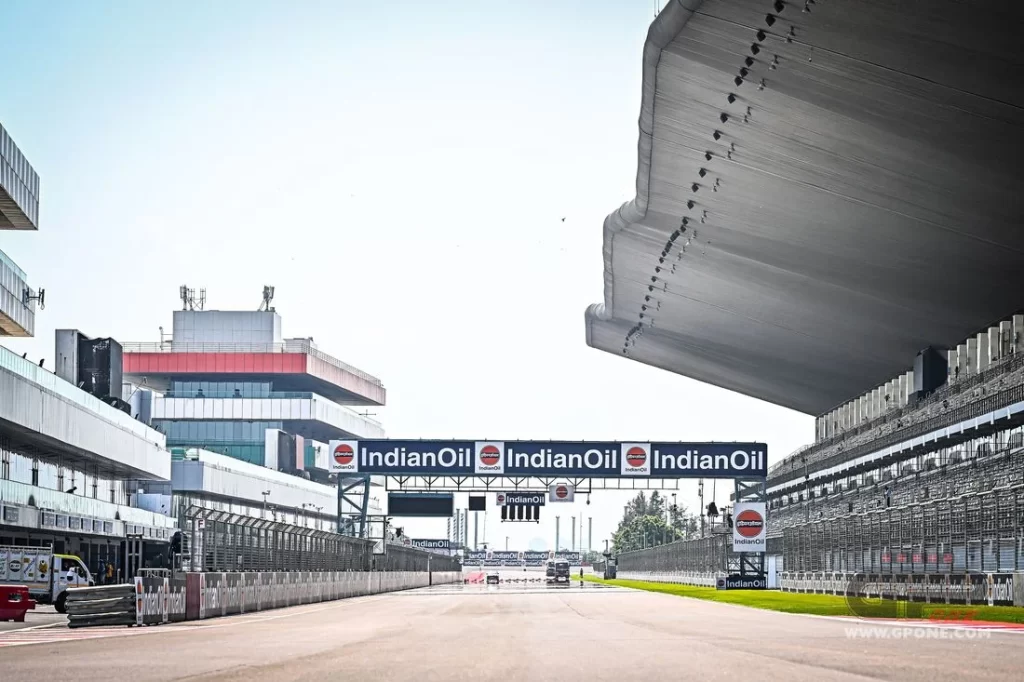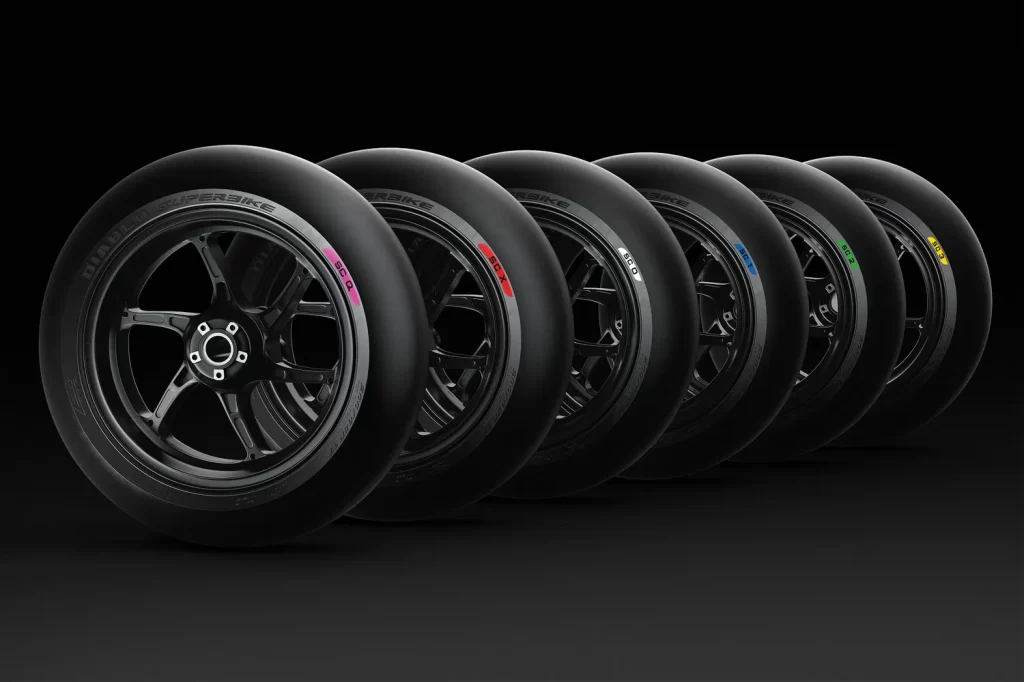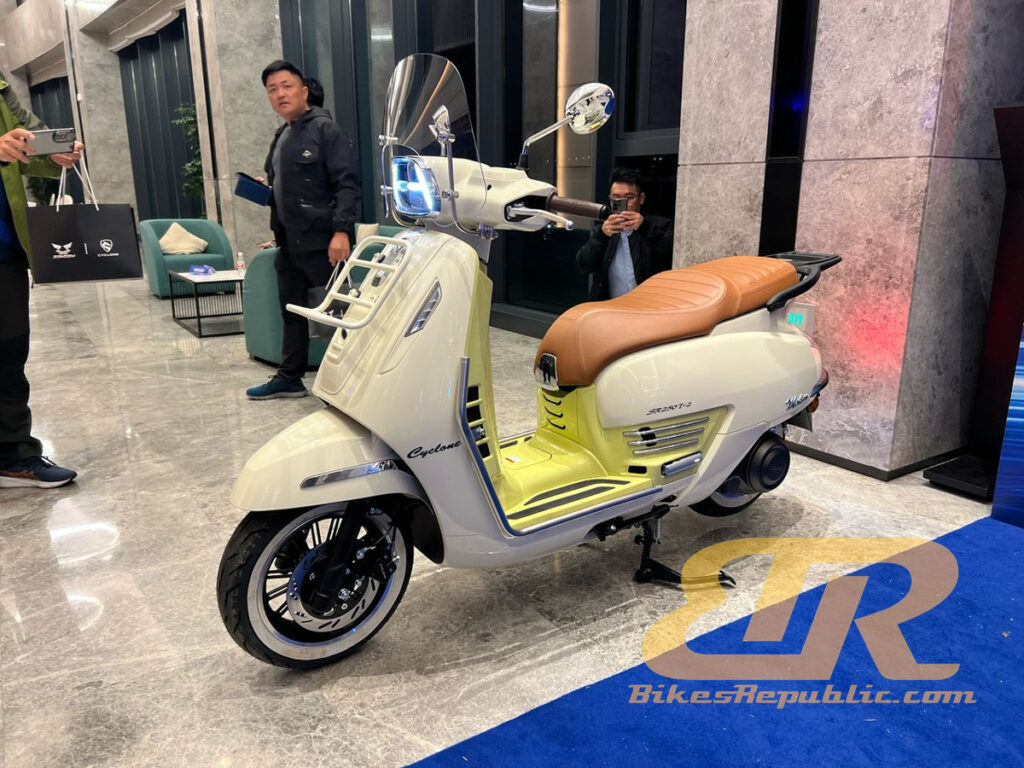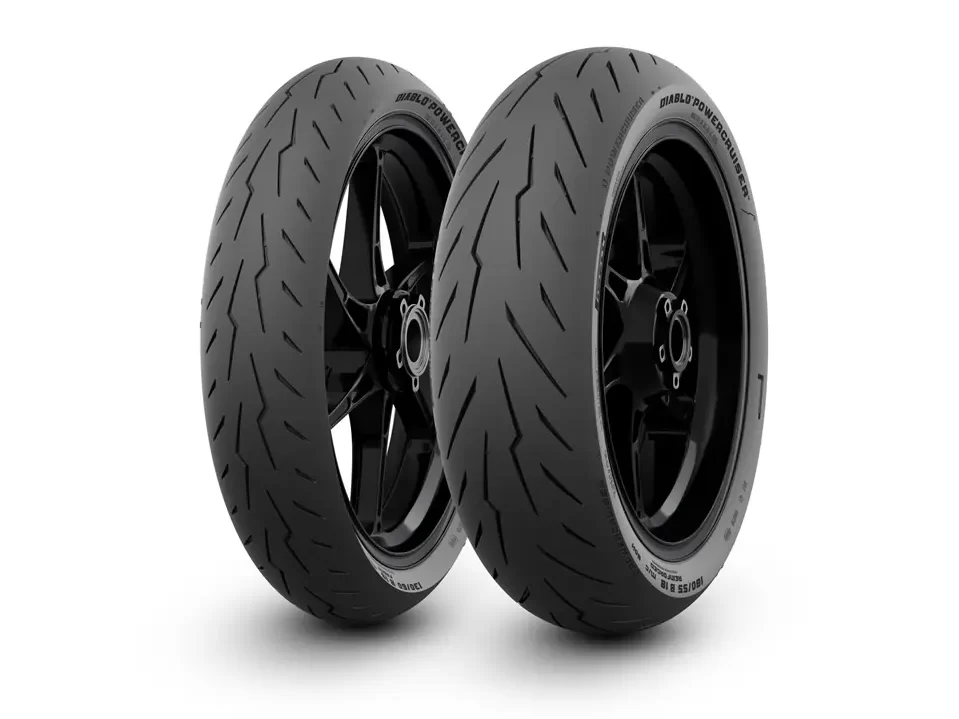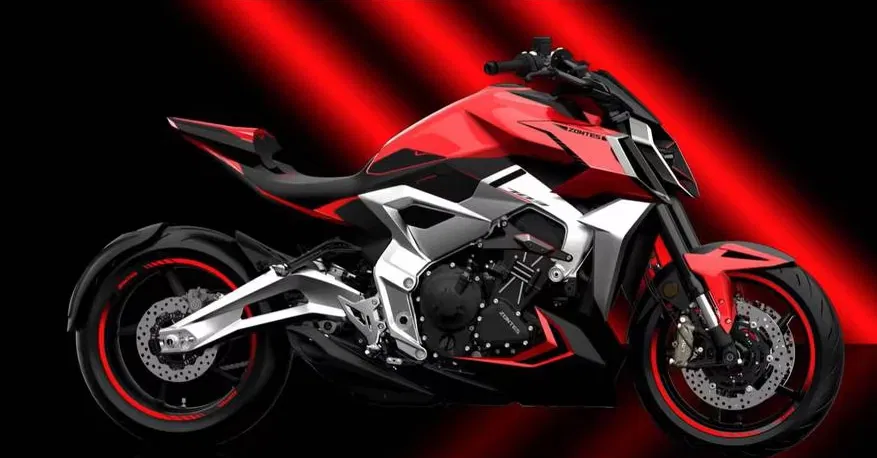It is perhaps the worst kept secret that Aveta will launch two adventure models, namely the Aveta VTM250LX and Aveta VTM250M in October. On top of that, the bikes had been spied undergoing trials in the vicinity of Rawang.
Both variants were present in the tests.
The Aveta VTM250LX is geared towards off-road enthusiasts. Its higher ground clearance and dual-purpose tires suggest that this model is ready to tackle challenging terrains and light road riding. Ideal for adventurers who need a machine that can withstand the rigours of dirt paths and at the same time casual road riding. So, it is more of an enduro.

The Aveta VTM250M, on the other hand, appears to be more road-oriented, with a sleeker design and a lower seat height. While it still holds true to the adventure DNA, this model seems better suited for urban explorers and long-distance touring, offering a more comfortable ride on highways and smoother surfaces. It looks a lot like a supermoto.
Both bikes share the same 250cc, single-cylinder, 4-stroke, SOHC, 2-valve, oil-cooled engine. It produces 20hp (15kW) at 8,500 RPM and 18Nm at 6,500 RPM. It is clearly tuned for torque and tractability. The VTM250LX is said to weigh 125kg, dry.

With both bikes undergoing testing, it’s clear that Aveta is gearing up to deliver something exciting for both off-road adventurers and urban riders alike!


